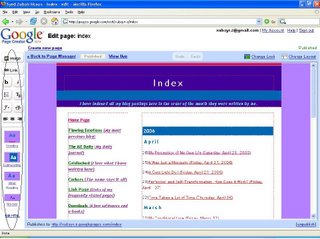http://www.businessweek.com/globalbiz/blog/asiatech/archives/2006/07/india_says_no_t.html
India says no thanks to the $100 laptop

Bruce Einhorn
Just a few days after the announced departure of the Intel exec overseeing the company’s efforts to launch low-cost PCs for the developing world (see this Asiatech blog post), another project has suffered what may turn out to be a much bigger setback. MIT professor Nicholas Negroponte’s ambitious plan to create a $100 laptop has won lots of attention; his One Laptop Per Child (OLPC) non-profit, working with Taiwanese PC maker Quanta Computer, is working to come out with its first models by the end of the year. (See this story I did a while back in BusinessWeek, for instance.) But according to a wire story picked up in the Indian newspaper The Hindu , the Indian government – one of the largest would-be customers for the machine – has decided that it’s not interested in buying them. Worse for Negoponte, the Indian official who announced the news didn’t hesitate to criticize the whole idea of the $100 laptop. Education Secretary Sudeep Banerjee’s view: “We do not think that the idea of Prof Negroponte is mature enough to be taken seriously at this stage and no major country is presently following this. Even inside America, there is no much enthusiasm about this.” Ouch.
The criticism from India is certainly not the end of the project. And it’s important to remember that there’s a history of bad blood between the Indian government and MIT. Years ago, the two tried to set up an Indian version of MIT’s Media Lab, but the project flop, embarrassing New Delhi and creating bad feelings among many in India’s elite toward Negroponte. ZDNet UK points out that the setback is just the latest problem that MIT’s Media Lab has had in India. Negroponte, according to ZDNet, is "persona non grata" in India because of the bad feelings that came from the aborted attempt to set up a Media Lab in the country. That, says ZDNet, puts MIT at a big disadvantage: “There are plenty of large technology organisations that are making an impact in the developing world with, frankly, much better track records of operating with governments, NGOs and individuals in the field.”
That said, I think it’s too early to write the obituary for the OLPC project – or for plans by Intel and others. There is certainly a need to provide low-cost computing for children and their parents in developing countries. But clearly selling the idea to decision makers in those places is going to take a lot more work.








